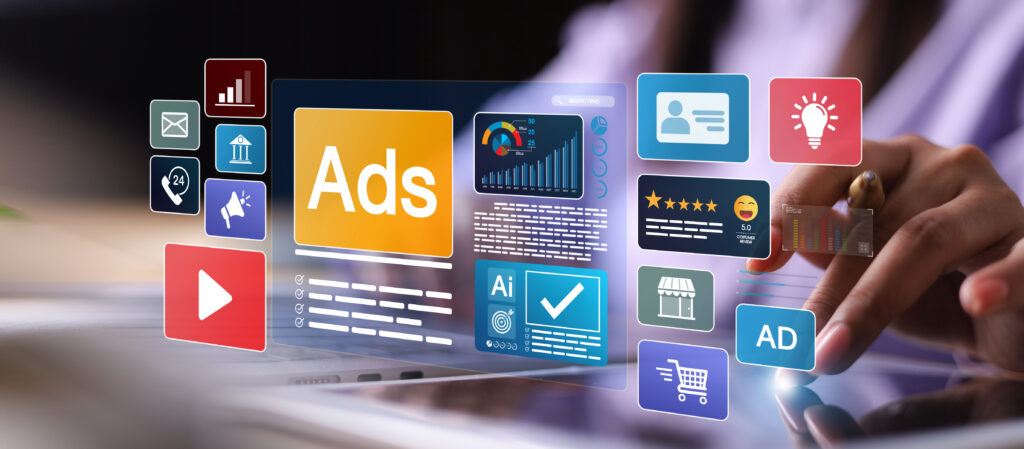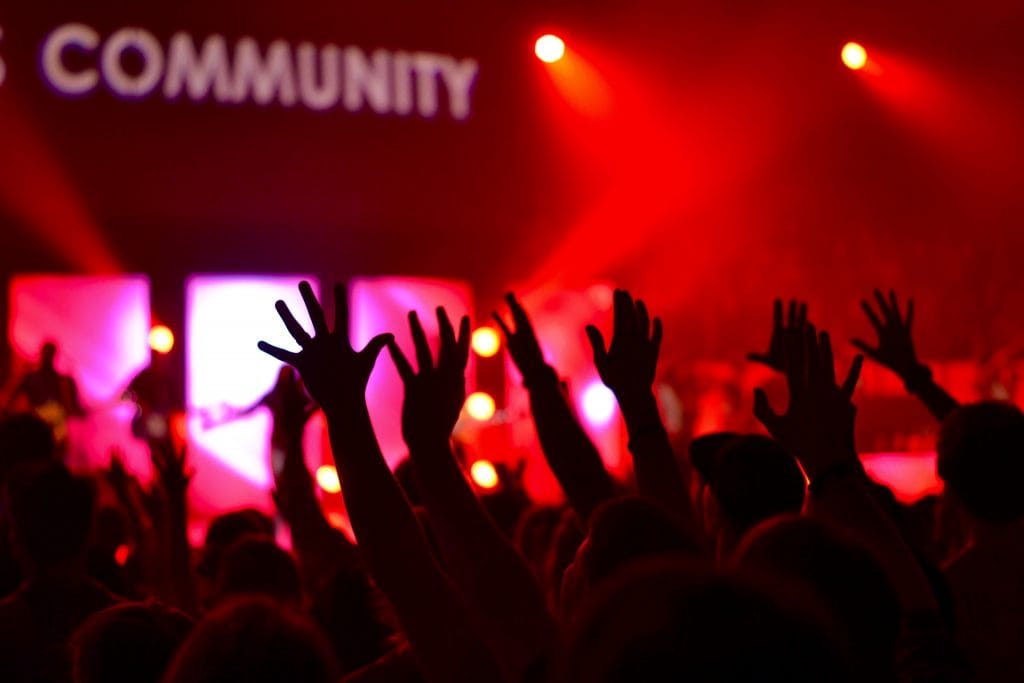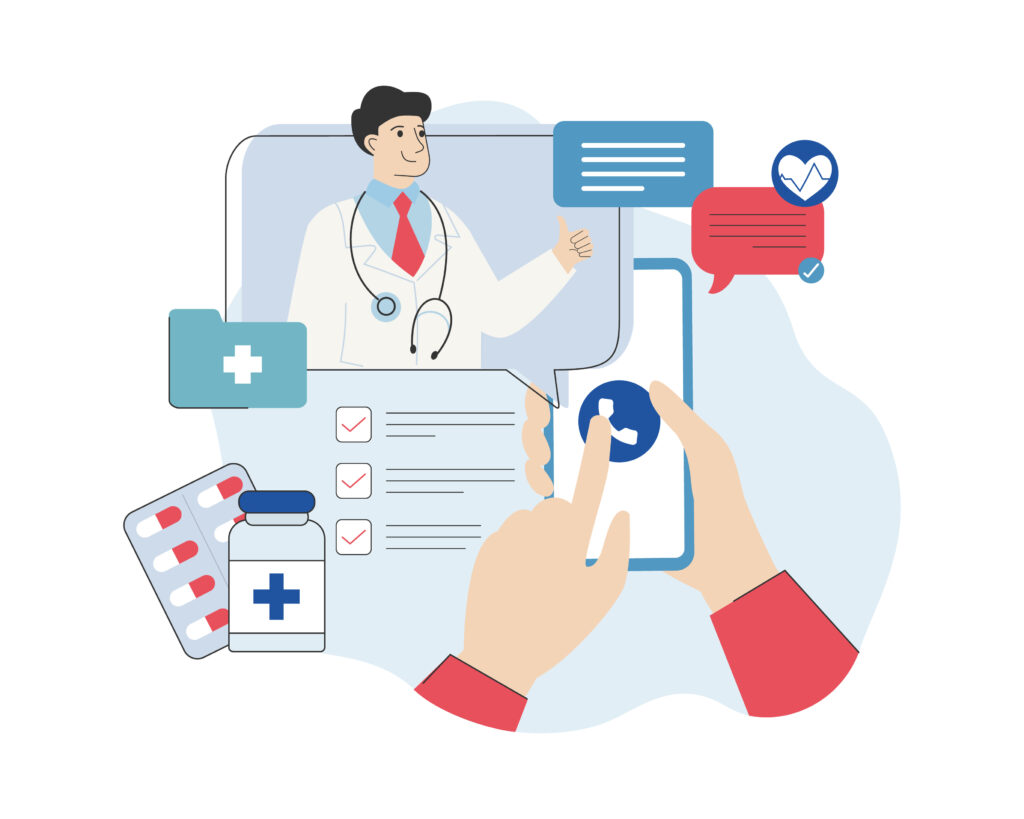The digital marketing landscape in 2025 is undergoing a significant transformation, driven by advancements in AI, evolving consumer behaviors, and new platform dynamics.
To stay ahead, businesses must adapt to these changes, embracing innovative strategies while reevaluating traditional approaches. From advertising tools powered by artificial intelligence (AI) to the shift away from traditional SEO strategies, the marketing playbook has undergone numerous revisions, and it’s far from complete.
This guide examines what is currently working in digital marketing, identifies tactics that are falling short, and outlines where savvy brands are investing next.
Whether you’re a brand manager, business owner, or agency marketer, now is the time to audit and adapt.
Overview
What’s Working in 2025
1. Answer Engine Optimization (AEO): Navigating AI-Driven Search
With the rise of AI-powered search tools like ChatGPT, Perplexity AI, and Google’s AI Overviews, users increasingly seek direct, concise answers. This shift has led to the emergence of Answer Engine Optimization (AEO), focusing on structuring content to be easily interpreted and featured by AI-driven platforms.
Key AEO strategies include:
Structured Content
Implementing schema markup and organizing content to answer specific questions enhances visibility in AI-generated responses.
Conversational Tone
Crafting content that mirrors natural language queries improves compatibility with voice searches and AI assistants.
Comprehensive Coverage
Addressing clusters of related questions increases the likelihood that content will be selected by AI models (CXL).
As AI-driven searches become more prevalent, integrating AEO into your digital strategy is essential. Brands that get in early will earn top-of-mind positioning in zero-click search results.
Ready to future-proof your visibility? Explore our SEO services to ensure your content is optimized not just for traditional search, but also for AI-powered answer engines dominating 2025 and beyond.
2. Performance Max (PMax) Campaigns: Unified Advertising Across Channels
Google’s Performance Max campaigns have matured, providing advertisers with a unified platform to reach audiences across Search, Display, YouTube, and other channels. Recent enhancements have addressed previous concerns about transparency and control, giving advertisers more power to optimize performance.
Notable PMax updates:
Enhanced Reporting
Introduction of channel-level reporting and asset group segmentation provides deeper insights into campaign performance (Google Ads Blog).
Negative Keywords
Advertisers can now add negative keywords directly within the PMax interface, offering greater control over ad placements (DataFeedWatch).
PMax enables you to run efficient, AI-assisted campaigns across multiple Google-owned properties with minimal setup. That said, performance must be reviewed continuously to avoid budget waste and maximize conversion rates.
Need help managing your PMax campaigns? Explore our PPC and Google Ads Management services.
3. Social Media as a Search and Commerce Platform
Platforms like TikTok and Instagram have evolved beyond social networking, becoming significant search engines and commerce platforms, especially among Gen Z users. In 2025, it’s common for users to search for product reviews, how-tos, and service providers directly within social apps.
Brands are leveraging these platforms for product discovery and direct sales, utilizing features like shoppable videos and live shopping events (The Times).
If you’re not optimizing for discoverability on social media, you’re losing to more agile competitors. Want help? Check out our Social Media Marketing services.
4. Interactive and Immersive Content
The adoption of technologies such as augmented reality (AR), virtual reality (VR), and QR codes has enabled brands to create engaging and interactive experiences for their customers. These immersive elements enhance storytelling and foster deeper connections with audiences (AVNetwork).
This type of content not only captures attention, but it also keeps it. Savvy marketers are using gamified AR experiences, virtual try-ons, interactive 3D product demos, and more to bring campaigns to life in new and memorable ways.
What’s Not Working in 2025
1. Over-Reliance on Traditional SEO
Traditional SEO tactics, focusing solely on keyword optimization and backlinks, are less effective in the current landscape dominated by AI-driven search. The emphasis has shifted towards providing direct, concise answers that AI platforms can easily interpret and present to users (CXL).
The SEO industry isn’t dying—it’s evolving. Strategies now need to reflect searcher intent across engines and AI answer tools, not just Google’s algorithm. If your SEO approach hasn’t changed in the last 18 months, it’s probably outdated.
Visit our SEO Services page to get up to speed.
2. Inconsistent Brand Messaging Across Platforms
Maintaining consistent brand messaging across various platforms is crucial. Inconsistencies can confuse audiences and dilute brand identity. With consumers interacting with brands across multiple channels, a cohesive and unified message is crucial for building trust and recognition.
Even minor discrepancies in tone, visuals, or value propositions can create confusion and cause potential leads to bounce. Unified branding isn’t a luxury—it’s a necessity.
3. Neglecting Data Privacy and Consent
With increasing scrutiny and regulations regarding data usage, neglecting data privacy and user consent can lead to significant risks, including legal repercussions and loss of consumer trust. Businesses must prioritize transparent data collection practices and ensure compliance with privacy laws (The Australian).
This also impacts ad performance. If your tracking isn’t compliant, your attribution data won’t be either.
4. Ignoring the Importance of First-Party Data
Over-dependence on third-party data sources is becoming less viable due to privacy concerns and data restrictions. Building and leveraging first-party data—information collected directly from your audience—is crucial for personalized marketing and effective targeting (Deloitte Digital).
First-party data isn’t just a fallback; it’s the foundation. Brands that invest in collecting it now will be best positioned for long-term personalization and profitability.
Strategic Recommendations
1. Embrace AI and Automation
Investing in AI tools can enhance content creation, customer service, and data analysis, leading to more efficient operations and personalized marketing efforts.
AI-driven automation can streamline processes and provide valuable insights into consumer behavior (Exploding Topics).
2. Develop a Cohesive Omnichannel Strategy
Ensure consistent messaging and user experience across all platforms. Integrating various channels—such as social media, email, and websites—provides a seamless customer journey, enhancing engagement and loyalty (Deloitte Digital).
3. Prioritize Data Privacy and Ethical Marketing
Implement transparent data collection practices and respect user privacy. Building trust through ethical marketing strategies is crucial for fostering long-term customer relationships and ensuring compliance with regulations (The Australian).
4. Focus on Building First-Party Data Assets
Encourage direct interactions with customers to gather valuable data. Utilize this information to inform targeted and effective marketing strategies, enhancing personalization and customer experience (Deloitte Digital).
Final Thoughts
The digital marketing landscape in 2025 demands adaptability, creativity, and a commitment to continuous learning.
What worked even a year ago might now be ineffective—or worse, damaging.
To thrive, brands must embrace AI, refine their SEO and advertising strategies, respect consumer privacy, and lean into personalization built on ethical data practices.
Need help transforming your strategy?
Explore our SEO Services, Google Ads Management, or Social Media Marketing solutions and contact Sachs Marketing Group to help you future-proof your digital presence today.
Contact us today to get the conversation started!









